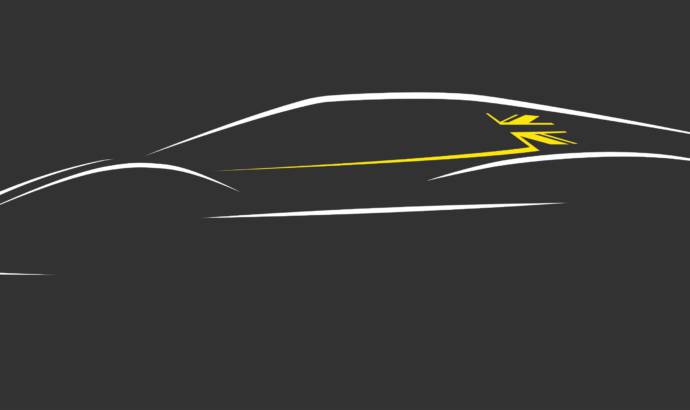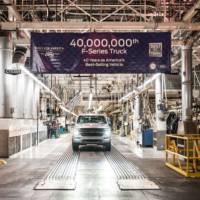Lotus is ready to tackle the electric segment with the introduction of a new model. But in order to do that, it needs the help of someone with experience in the segment.
Lotus and battery cell expert Britishvolt have signed an MoU to collaborate on the research and development of advanced new EV technology.
The partnership will focus on the co-development of an innovative new battery cell package to power the next generation of electric sports cars from Lotus. The package is set to feature in a new sports car, powered by Britishvolt cells and utilising advanced electric propulsion technologies developed by Lotus. An official design sketch provides the first clues to a new Lotus EV sports car.
Britishvolt is the UK’s foremost investor in battery cell technologies and associated R&D to create homegrown intellectual property. Key focuses of the partnership will be fast-charging, optimising energy density and weight reduction.
The collaboration with Britishvolt is another significant development in the ongoing transformation of Lotus, from a UK sports car company to a global and all-electric performance car business and brand. It follows a £100m investment by Lotus in its UK facilities, which includes manufacturing centres at Hethel for the Evija pure electric hypercar and Emira sports car – future-proofing the world-renowned and innovative UK high-performance auto sector and the thousands of jobs that it supports.
All future Lotus cars will be pure electric and inspired by the Evija, deliveries of which commence this year as the world’s first British electric hypercar.
Britishvolt is on target to responsibly manufacture some of the world’s most sustainable, low carbon battery cells on the site of the former Blyth Power Station coal stocking yard located in Cambois, Northumberland.
The development is a major boost for Northumberland, and indeed the country, and will bring around 3,000 direct highly-skilled jobs and another 5,000+ in the associated supply chains.



